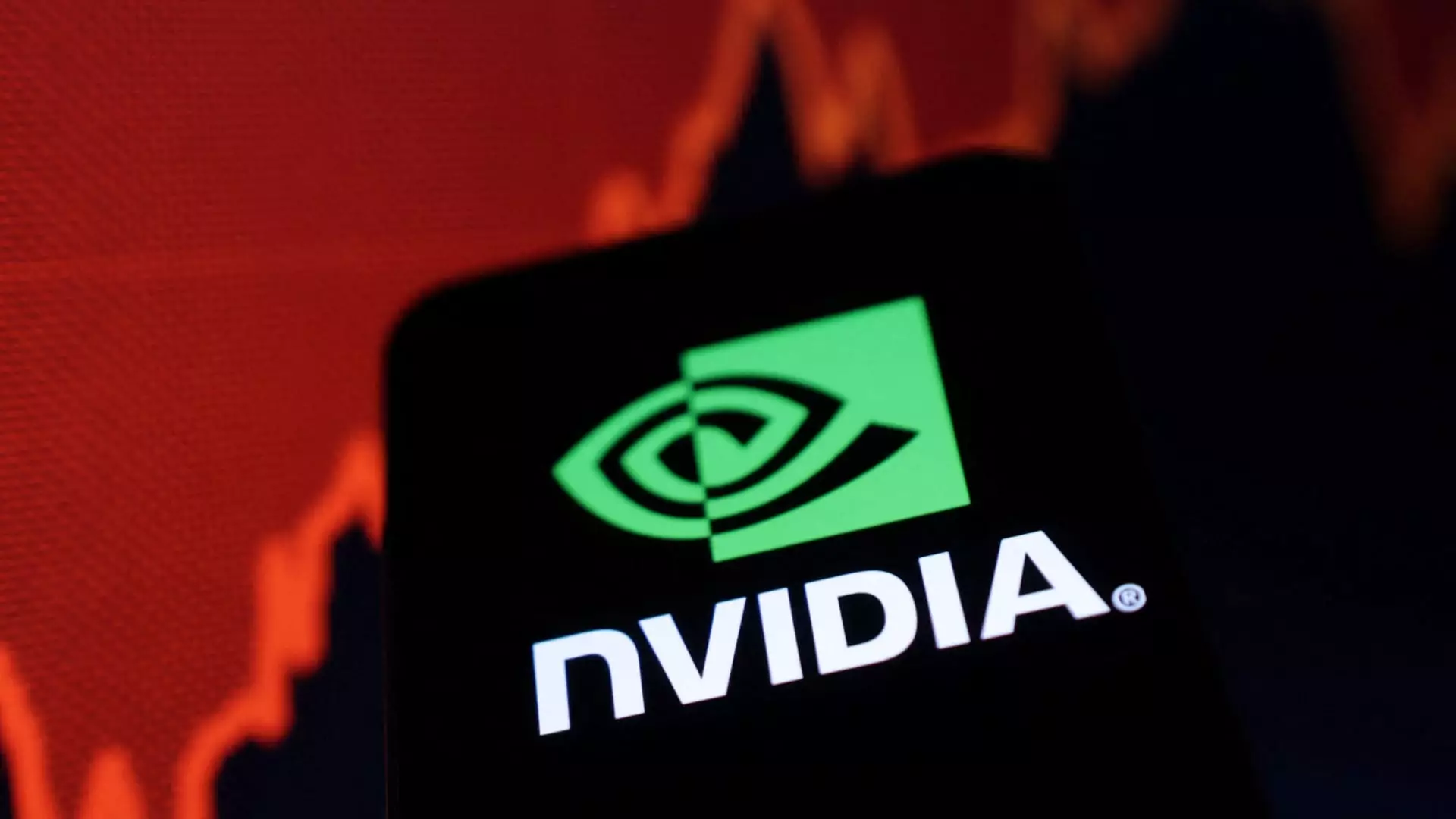In an unexpected move, Nvidia, a leading name in the semiconductor industry, has signaled increased alarm over competition from Huawei, a company that has faced significant adversity due to U.S. sanctions. This development highlights a crucial turning point in the global technology arena, where even sanctioned entities can mount considerable challenges to established players.
During its recent annual filing, Nvidia explicitly identified Huawei as a competitor, a notable shift considering that this designation was absent for three consecutive years prior. This inclusion marks Huawei’s resurgence in categories that are critical to Nvidia’s business model, including chips and cloud services. CEO Jensen Huang acknowledged the fierce competitiveness that exists within China, emphasizing that the technology landscape has not only remained robust but has also evolved to feature players like Huawei demonstrating significant resilience.
Huawei’s Recovery Amid Restrictions
The backdrop of increased competition is marked by the fact that Huawei has been restricted from accessing certain technologies and resources since 2019, when it was blacklisted by the U.S. The ban, which encompasses advanced components essential for 5G technology and software ecosystems like Android, could have led many to presume Huawei’s decline. Contrarily, the company reported a remarkable revenue increase of over 22% in 2024, reaching approximately 860 billion yuan ($118.27 billion). Such growth is indicative of Huawei’s ability to adapt and flourish even under stringent limitations, disrupting the expected narrative of decline.
Despite Huawei’s impressive overall revenue, the picture becomes more nuanced when examining its consumer segment. After experiencing a sharp downturn with a nearly 29% revenue drop in 2021, Huawei has made headway in regaining its footing. The launch of the Mate 60 Pro, capable of achieving 5G-like download speeds thanks to a breakthrough semiconductor chip, marks a pivotal moment. This announcement signifies Huawei’s return to the smartphone market with enhanced technological capabilities, and the subsequent introduction of the Mate 70 series, featuring HarmonyOS NEXT, illustrates the company’s commitment to innovation.
Implications for the Global Tech Ecosystem
The implications of Nvidia recognizing Huawei as a competitive force extend beyond the immediate market landscape. It underscores the evolving dynamics of technological competitiveness where traditional barriers can be overridden by innovation and strategic pivots. Huawei’s ability to leverage domestic manufacturing and develop independent software solutions is an exemplary case of overcoming external challenges by focusing on self-sufficiency.
As the global tech ecosystem evolves, Nvidia’s acknowledgment of Huawei as a competitor serves as a testament to the unpredictable advancements within the industry. This situation prompts a reevaluation of existing strategies, not only among major corporations like Nvidia but also among emerging players who might find opportunity in the gaps left by the reshaping of market dynamics.
Huawei’s resilience and competitive spirit amid adversity represent a significant recalibration in the semiconductor domain, challenging perceptions and fostering a new era of competition that could redefine the standards of the technology sector.

